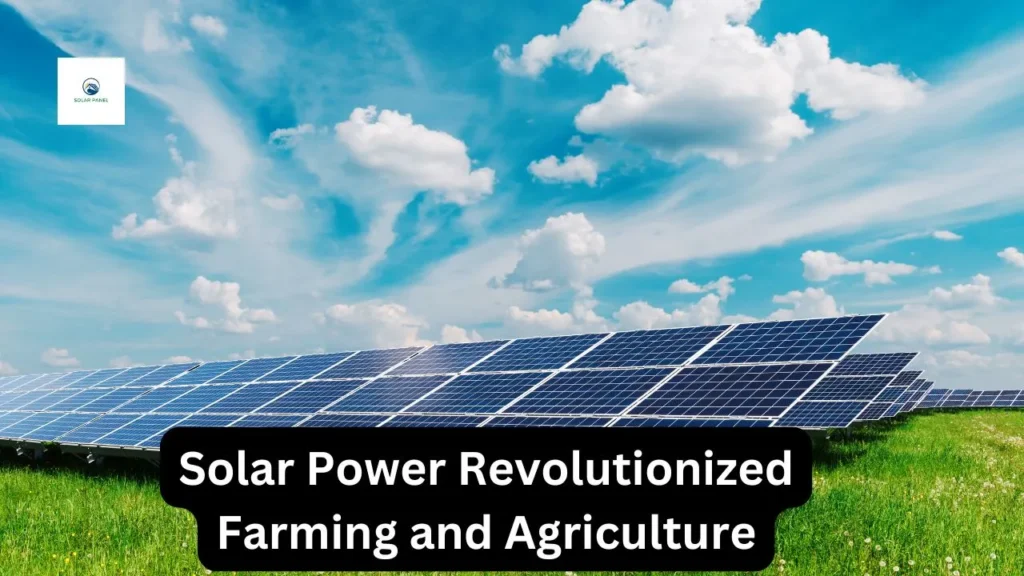Solar energy is transforming lives and livelihoods in Ethiopia, particularly in the farming and agricultural sectors. A groundbreaking solar-powered pumping system in the Dore Bafana Kebele community, Hawassa Zuria Woreda, Sidama Region, provides critical irrigation support to over 750 farmers, 40% of whom are women. This innovative system is part of Ethiopia’s push toward sustainable agriculture and renewable energy.

Empowering Ethiopian Farmers with Solar Irrigation
The newly introduced solar-powered pumping system aims to bolster irrigation capabilities, enabling sustainable farming practices in the Sidama Region. This project is a key part of the Trilateral Cooperation Renewable Energy Project, specifically focused on biogas, biomass, and solar energy. The initiative is funded by China’s Ministry of Commerce (MOFCOM), co-financed by the United Nations Development Programme (UNDP), and Ethiopia’s Ministry of Water and Energy.
Environmental and Economic Benefits of the Solar Pumping System
This solar-powered system brings multiple benefits to the local farming community and the environment:
- Irrigation for 150 Hectares of Land: It ensures effective water distribution, crucial for crop production.
- Reduction in Carbon Emissions: By shifting from traditional irrigation practices, the system saves 329.115 tonnes of carbon emissions annually.
- Energy and Cost Efficiency: It achieves annual energy savings of 312,440 kWh, significantly cutting electricity expenses.
Transforming Agriculture Through Access to Renewable Energy
The Role of Energy in Agriculture and Development
According to Ethiopia’s Minister of Water and Energy, Habtamu Itefa, access to energy is a cornerstone of national development. He emphasized,
“When citizens have access to energy, agriculture can grow, access to drinking water improves, and industrialization can advance.”
The integration of solar power not only supports agriculture but also lays the foundation for improved livelihoods, economic empowerment, and technological advancements.
Sidama’s Investment in Energy Projects
Desta Ledamo, President of the Sidama Regional State, highlighted the region’s commitment to advancing renewable energy solutions. Over the last five years, Sidama has implemented five major energy projects worth 1.3 billion birrs ($10.3 million). These efforts align with Ethiopia’s national policies and ensure that technology-driven agricultural practices enhance economic resilience.
South Collaboration: A Model for Success
UNDP’s Commitment to Renewable Energy and Partnerships
The United Nations Development Programme (UNDP) emphasized the importance of affordable, clean, and renewable energy in achieving sustainable growth. Charu Bist, UNDP’s Deputy Resident Representative for Programmes, noted,
“This Trilateral Cooperation Project, carried out in collaboration with Ethiopia and China, demonstrates the transformative potential of South-South partnerships.”
This collaborative model showcases how developing countries can collaborate to create impactful solutions for shared challenges.
Conclusion
Ethiopia’s adoption of solar power in farming and agriculture is a transformative step toward achieving sustainability and self-reliance. By leveraging renewable energy and international partnerships, the country is empowering its farming communities, reducing environmental impacts, and strengthening its economy. This initiative is a shining example of how technology and collaboration can drive meaningful progress.
FAQs
1. How does the solar-powered pumping system benefit Ethiopian farmers?
The system supports irrigation for up to 150 hectares of land, reducing reliance on traditional practices, lowering energy costs, and decreasing carbon emissions.
2. What is the Trilateral Cooperation Renewable Energy Project?
It is a collaborative initiative funded by China’s Ministry of Commerce, UNDP, and Ethiopia’s Ministry of Water and Energy, focusing on biogas, biomass, and solar energy.
3. Why is renewable energy important for agriculture in Ethiopia?
Renewable energy ensures sustainable farming practices, improves irrigation, and boosts agricultural productivity while minimizing environmental impact.
4. How has Sidama invested in renewable energy?
Over the past five years, Sidama has launched five energy projects worth 1.3 billion birrs to support agriculture and off-grid technologies like solar power.
5. What role does UNDP play in Ethiopia’s renewable energy efforts?
UNDP supports Ethiopia through funding, partnerships, and promoting clean energy projects to achieve climate-resilient and green growth.
